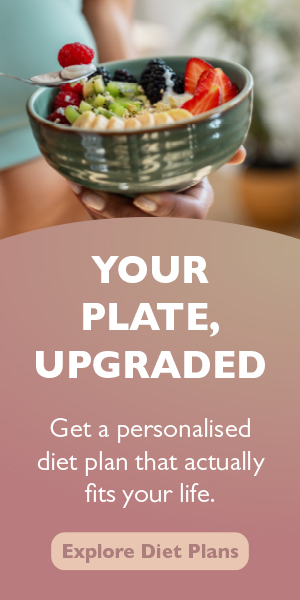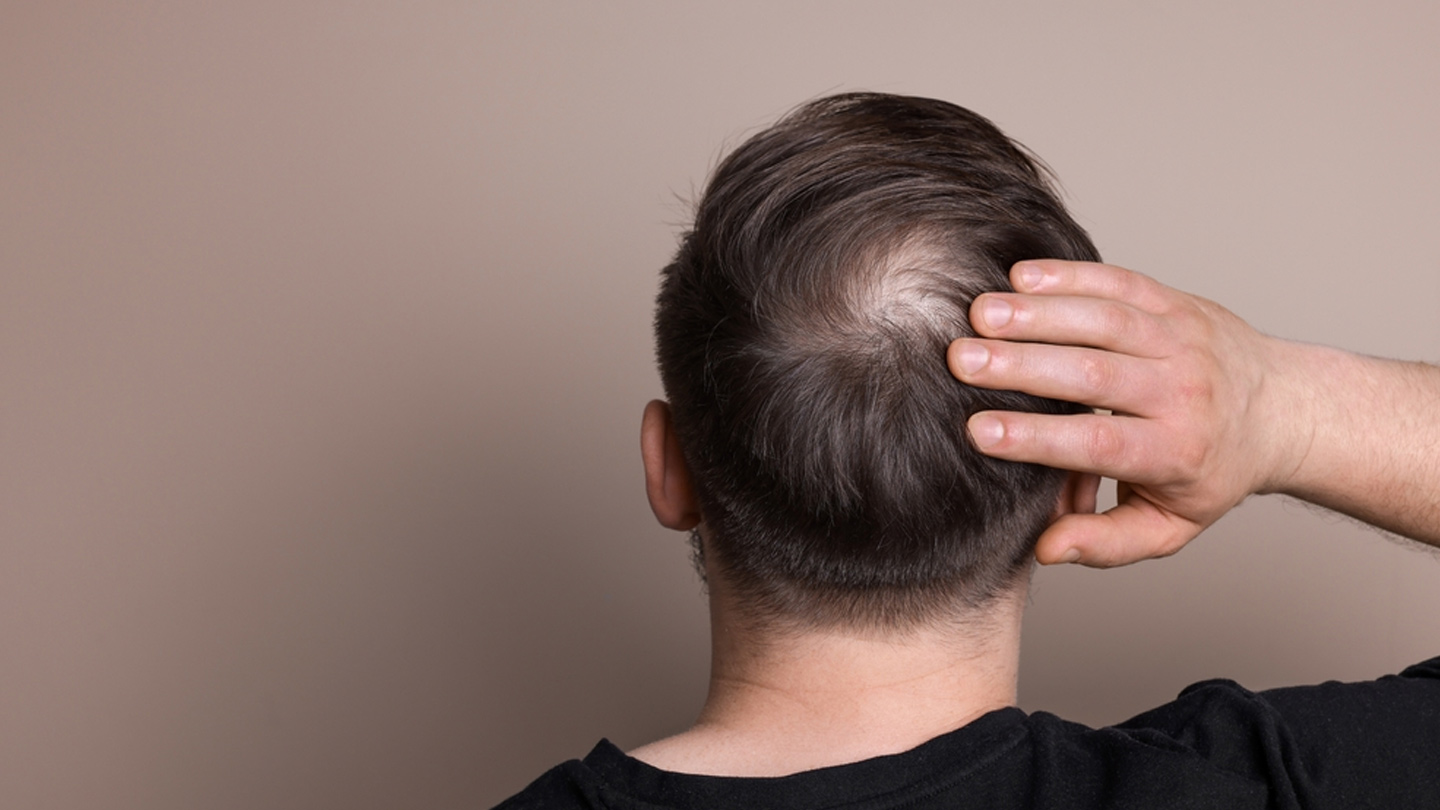Medical
Double Masking: Double protection against COVID-19
The Centre for Disease Control & Prevention recommends a mask with layers. It is ideal to use a cloth mask with multiple layers of fabric—another option is to wear a disposable surgical mask under a fabric mask to create a second layer. Make sure you're wearing your mask correctly. And make sure to double mask when you have to leave your home.

The Centre for Disease Control & Prevention recommends a mask with layers. It is ideal to use a cloth mask with multiple layers of fabric—another option is to wear a disposable surgical mask under a fabric mask to create a second layer. Make sure you're wearing your mask correctly. And make sure to double mask when you have to leave your home.
1. What is double masking?
Double masking or using two masks ensures that the mask fits your face better. In this method, an individual should use a surgical mask and a fabric/cloth mask. As per CDC the usage of double masking reduces exposure to COVID-19 by almost 95 percent.
2. How to double mask?
- Wear a surgical mask by knotting the loops closer to the joints of the mask and spreading it properly over your face.
- Wear a fabric mask over the surgical mask by simply twisting the loops over your ears.
Surgical masks are an efficient way to stay protected from viruses. However, without knotting all the loops, the masks remain effective only up to 56.1%.
3. Do's and Don'ts of Double Masking on Face
- Ensure you are able to breathe properly while double masking. Wear the double mask and walk inside your home to check if you are comfortable.
- Breathe out forcefully in front of a mirror. If you blink during the process, air is escaping your mask.
- Look for any fogging on your spectacles or sunglasses.
- See if you are able to talk freely.
- Avoid double masking when wearing a KN95 mask
- Don’t use two surgical masks or a loosely fitting mask
- Don’t use a dirty mask
EXPLORE MORE
A sprain isn’t “just a sprain.” Here’s what your ankles wish you knew.
Your body whispers before it screams. Here are the early heart disease warning signs most people overlook until it’s too late.
Baldness isn’t just about ageing; it’s a complex condition influenced by biology, habits, and health. Understanding it is the first step toward managing it.
Breast cancer before 40 is rare, but not impossible. Know these warning signs so you can spot them well in time.







.jpg)


